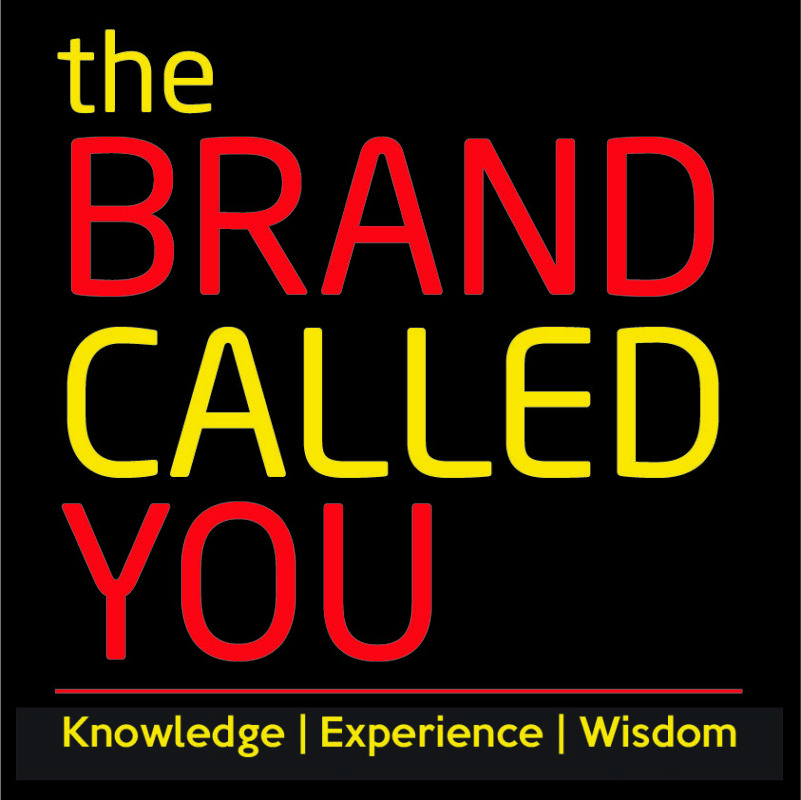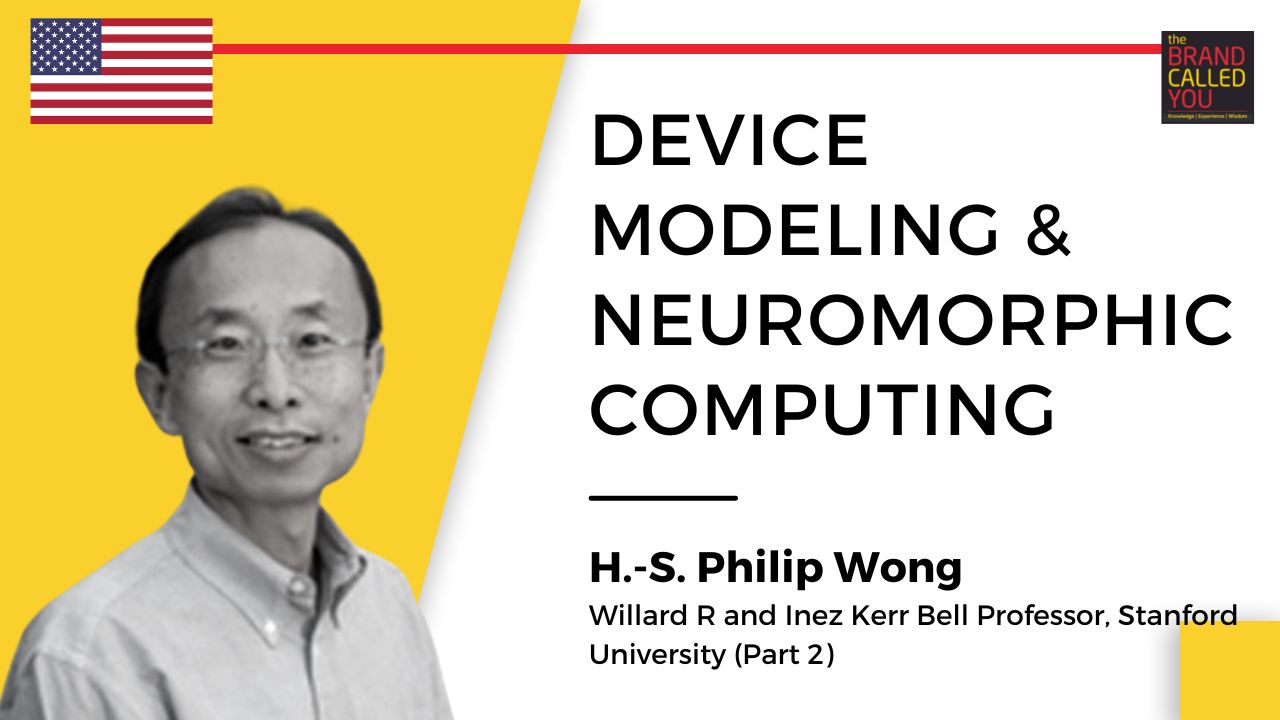H.-S. Philip Wong, Willard R and Inez Kerr Bell Professor, Stanford University- 2
- H.-S. Philip Wong is the Willard R. and Inez Kerr Bell Professor in the School of Engineering at Stanford University.
Podcast
Overview
The more we get into the field of electrical engineering research the more we realize there is a tremendous opportunity for development. There has been so much research going on from wireless implantable biosensors to Neuromorphic Computing. What it means for energy efficiency systems if we want to take our computational research further. Today we talk more about the future of Electrical Engineering with Mr. Philip Wong.
00:15- About H.-S. Philip Wong
- H.-S. Philip Wong is the Willard R. and Inez Kerr Bell Professor in the School of Engineering at Stanford University.
- He is the founding faculty co-director of the Stanford SystemX Alliance.
- Director of the Stanford Nanofabrication Facility and Researcher.
- Leadership positions at major multi-university research centers of the National Science Foundation and the Semiconductor Research Corporation.
- Contributed to advanced semiconductor device concepts and their implementation in semiconductor technology.
- His work elucidated the design principles and demonstrated the first nanosheet transistor; Known for his work on carbon nanotube (CNT) electronic
- Early proponent of phase change memory and metal oxide resistive switching memory RRAM.
- Fellow of the IEEE; received the IEEE Electron Devices Society, J.J. Ebers Award; IEEE Andrew S. Grove Award recipient.
01:25 – What can you tell us about wireless implantable biosensors?
- Nano fabrication methods have become so advanced nowadays that you can make a chip so small that it can fit inside a cell.
- We are at a point where we can fit a chip inside a cell and we have started cell imaging and monitoring how the cell behaves.
- The next thing we want to do is affect the behavior of the cell wirelessly.
- We have always interacted with our cells through chemical signaling but if we are able to interact through electrical means then it might open up a whole new possibilities biologically to understand more about how our cells function.
18:43 – You also have a work area for device modeling, can you talk about that?
- You need to have a very deep understanding of the physical system that you are working on.
- You also need to be able to abstract that very complex physics into a simple enough model that captures the physics and also makes it simple enough to use.
- We need to be able to string different devices together in a system and without the model of the device we will not be able to know what the circuit would look like.
27:56 – Tell us about Brain inspired computing or Neuromorphic Computing.
- It is a kind of computing that is inspired by how the brain works and how much you adhere to the reality of how the brain works.
- Brain consists of synapses which are basically biological structures that weigh the importance of input signals and send them to neurons.
- We set out to build an electronic device that would produce the similar synapses.
- Brain has about 10 -14 synapses, so the next level of research is how to integrate more than one electrical device so that they can emulate biological functions.
- Another level of research is to then figure out if this type of computing is actually better than the type of computing that we already do.
41:08 – Can you talk about your work at Standard System X Alliance and Stanford NanoFabrication Facility?
- At Stanford NanoFabrication Facility we provide the infrastructure for people to do their research on nano fabrication.
- It is not available just to the campus users but to anyone around the world who wants to use it. Anyone can just pay up and use it and we do not own any of their IPs either.
- We also try to integrate the academic research with the industry by having a dialogue between the students and the companies so that we can direct the research towards actual industry problems as much as possible.
53:04 – What drove you to quit Stanford and take on a senior executive role at Taiwan Semiconductor Foundry?
- There is fluidity in our Engineering faculty that we can go back and forth between industry and academia which is helpful in both directions.
- When we go back from industry to academics, we can take back the information about what is relevant in the actual world and focus our direction of the research towards what is more important.
- I had a motivation to get into the industry and understand the technology because it has changed tremendously in the last 16 years since I was at the forefront of innovation.
- My mission at the company was to help them develop their research organization to improve their pathfinding and actual product development.
Profile
- H.-S. Philip Wong is the Willard R. and Inez Kerr Bell Professor in the School of Engineering at Stanford University.
- He is the founding faculty co-director of the Stanford SystemX Alliance.
- Director of the Stanford Nanofabrication Facility and Researcher.
- Leadership positions at major multi-university research centers of the National Science Foundation and the Semiconductor Research Corporation.
- Contributed to advanced semiconductor device concepts and their implementation in semiconductor technology.
- His work elucidated the design principles and demonstrated the first nanosheet transistor; Known for his work on carbon nanotube (CNT) electronic
- Early proponent of phase change memory and metal oxide resistive switching memory RRAM.
- Fellow of the IEEE; received the IEEE Electron Devices Society, J.J. Ebers Award; IEEE Andrew S. Grove Award recipient.


